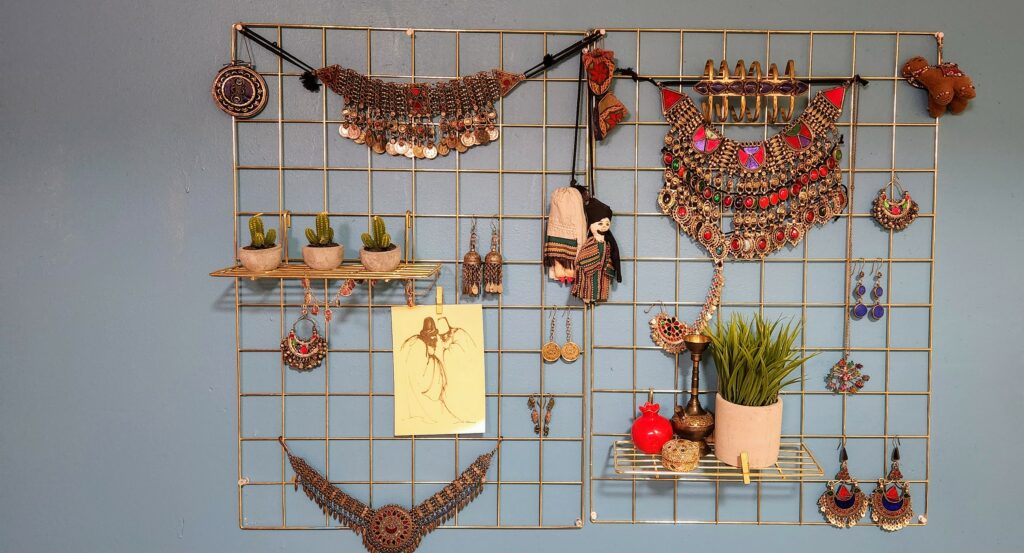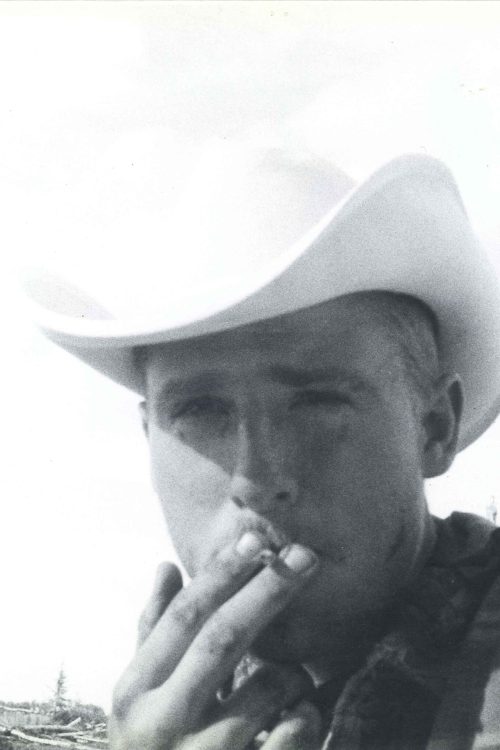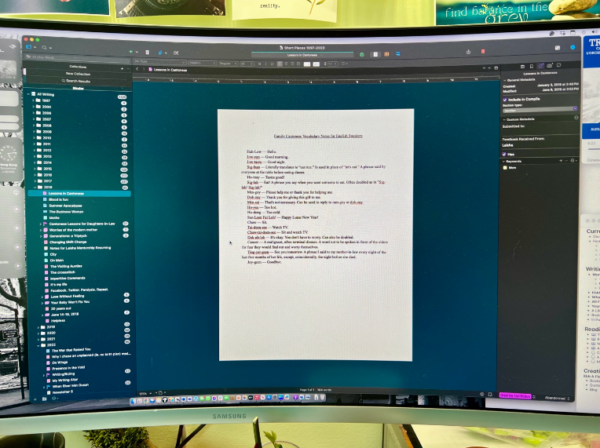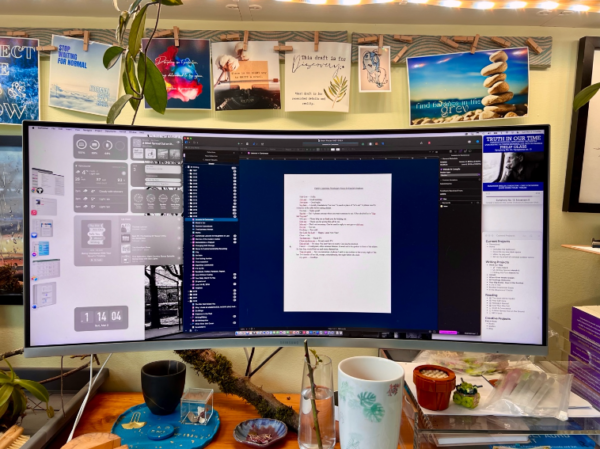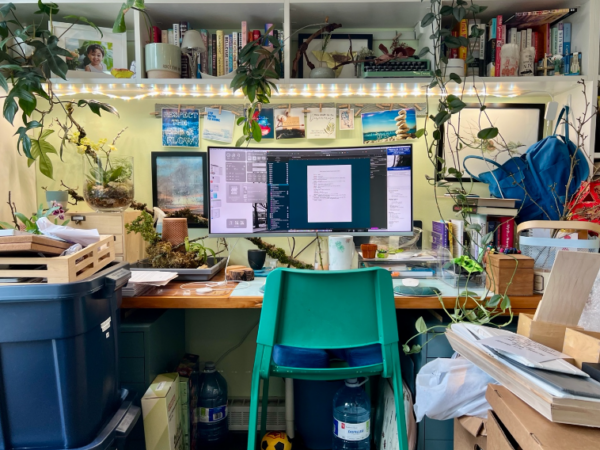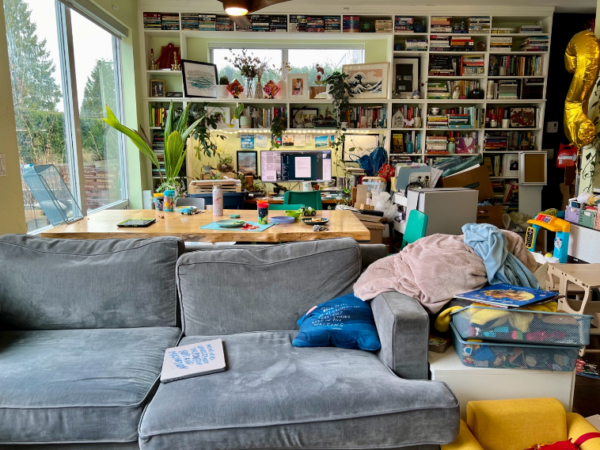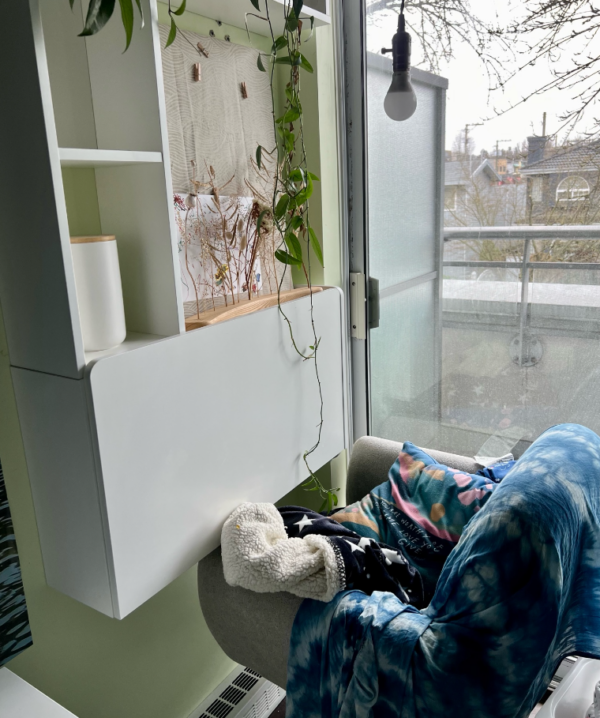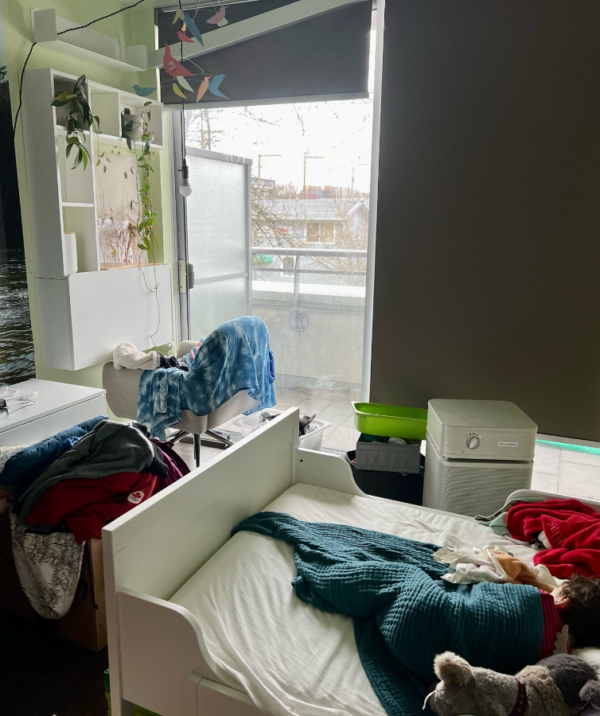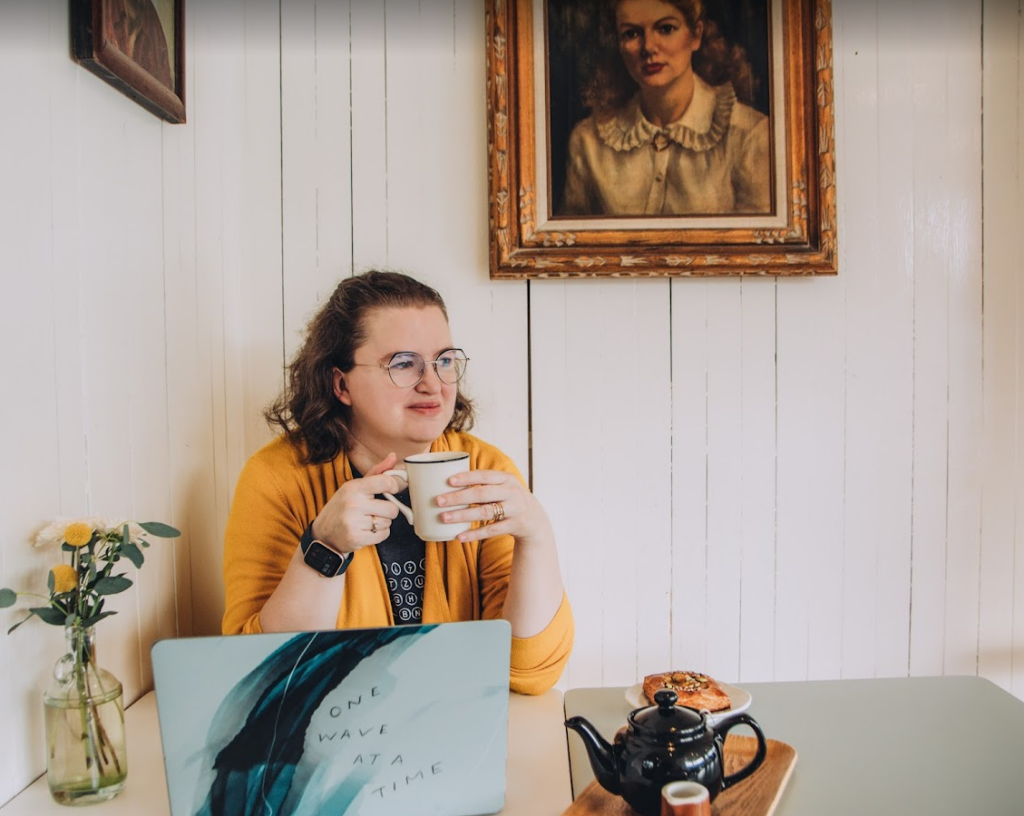“You, On Your Thirty-Fifth Birthday” is both deeply personal and yet not about me. To be honest, it also makes me uncomfortable to read again, and to write about, because while I vividly recall the singular moment that eventually inspired the piece, it now feels like it happened to someone else.
But first: the ending. Don’t they say you should always start with your ending? Years ago, my mother told me about the first time she ever left little baby me with my dad, who was (and still is) a wonderfully doting and loving father. She was enjoying a brief coffee outside a Bloor Street café (I imagine chestnut hair glowing in the sun, a stylish bell-bottom denim jumpsuit, perhaps a Henry Miller novel), when she heard a baby screaming.
Her breasts began to letdown milk. And that’s when she realized it was me (they knew you! she says now). My poor dad was walking me along the street in a stroller at top speed while I lost my shit. What did mom do? She hid behind a table, desperately needing that sixty minutes of alone time.
Honestly, as the mother of two, I really don’t blame her.
But the beginning of this piece came before the ending.
The party. That’s when it started.
When my eldest son was a week old, give or take a few days, I was sitting in bed one night, my husband sleeping on the couch to get a few hours’ sleep before his week-long paternity leave-slash-“vacation” ended (this was 2013, after all). With all the lights ablaze, I stared down at this helpless being who was now completely dependent on my care to survive. I hadn’t slept in several days, a bad omen of what would end up being a years-long battle with insomnia.
I was delirious, rabidly afraid that if I turned off the lights and went to sleep something would happen to the baby.
At the time, my husband, baby and I lived in a condo in downtown Toronto, and our balcony overlooked the communal barbecue and party space. That night was hot and humid, the city lush with young people enjoying cold drinks on patios. Through the open window, I heard the sound of a party outside. As I listened to a woman’s gentle laughter and the soft strains of pop music, it occurred to me that everything had changed.
The panic came, crushing and thick.
I’ll never, I thought. I’ll never go to a party again. I’ll never do anything again.
My life is over.
This feeling – because it was just a feeling, not a fact, and is shared by many new moms – so shamed me that I never told anyone. I buried it deep, down with all the other unpalatable thoughts, emotions and beliefs about becoming a mother that made me uncomfortable or challenged my ideas of who I was, what I thought I was capable of.
Years later, sitting at a cafe one day as I waited for a friend, I was hit with the need to write about that night. I opened a word document and explored the moment in a fictional – and perhaps therefore safe – space. Writing in second person felt completely right, the perfect way to separate myself from this uneasy experience, while also exploring its underlying emotions. While I did suffer from several years of postpartum anxiety, by the time I wrote the story, I was on the mend, and my son and I enjoyed the kind of relationship I’d always wanted: close, unguarded, and full of fun (he remains one of the funniest people I know). I often attribute my choice to leave corporate law for writing as inspired by him, because becoming his mother was so life-altering and profound.
Many of my short stories have undergone multiple drafts and reorganizations, to say nothing of my novel-in-progress, but this one followed a different path. Though I still combed over every sentence and edited like a maniac, as is my practice, the building blocks of the story were already clear in my mind when I sat down to write.
Because I knew I was writing literary fiction, I didn’t worry too much about the plot, focusing instead on an individual character’s emotional experience over a period of time. I went back to that night, immersed myself in what I’d felt, and reflected on all the contradictory emotions that modern day motherhood seems to involve: the deep, abiding love you feel for your child; the loss of the self you were before; a new tenderness and selflessness at war with your own basic human needs.
But – and this is important – the protagonist and her family are not me and my family. Separation was needed to tell the truth in a non-navel-gazing way, and to give the story a more definitive narrative structure (I definitely didn’t join the party that night, nor did I pack a bag and sit in the rat-infested park!). And I knew in my gut the story had to end with my mother’s experience of hiding behind the café table. Because if I’ve learned anything about motherhood, it’s that my own mother also needs to be seen and heard for who she is, both as the best mom in the world but also as a strong, curious and intelligent woman. (And a badass survivor: currently she’s recovering in hospital from a life- threatening heart attack and triple bypass surgery).
What I tried for in this story was honesty, truth, and nuance. The grey areas. Mothers are humans with complex inner lives and experiences, and for some of them, motherhood is a jarring and difficult transition. I challenged myself to explore this complexity. And I focused on the interior life of my protagonist, hoping that her emotional experience would resonate for readers in a way that helps them feel heard, seen, and understood.
And perhaps because I let myself be honest, this story, unlike my other fiction, came somewhat easily. Unlike motherhood. But in the struggle is the beauty, and as my son once said, “without you, I’m heartless.” Me too, buddy. Me too.
